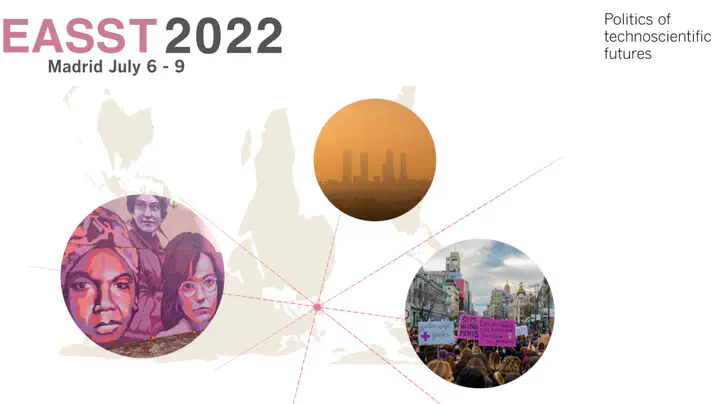EASST 2022 presentation: Configuring data matching: Coping with uncertain data in migration and security
 Image credit: EASST
Image credit: EASSTAbstract
Data matching technologies are increasingly used in the nexus between migration, borders, and security. For example, to detect identity fraud by linking identities across national and international policing systems, or to match flight passengers’ personal data against government watch lists. At the same time, databases inevitably contain data that are not accurate, not complete, or even contain data that are duplicate entries. In the case of migration and border control, the stakes for making decisions on the basis of such data can be exceptionally high as data quality problems may affect the rights of the persons affected. For example, by being wrongly suspected of identity fraud due to banal data entry errors. While authorities have eagerly adopted data matching technologies to cope with the inherent uncertainties and ambiguities in data, little is known about the effects of such technologies on everyday bureaucratic practices of migration and border security. This article draws from fieldwork conducted on the design and use of a technology for searching and matching migrants’ data at the government agency implementing the policy on foreign nationals in The Netherlands. Following research on the designer-user-technology nexus and its role in supporting collaborative work, findings emphasize the mutual constitution of devices and work practices of identification. In this way, dealing with uncertain data in migration control has become immanent in the densely interwoven arrangements of devices and practices of security. The research thus contributes to a growing area of research that empirically investigates security through practices and devices by advancing the understanding of the practices and technologies for matching personal data.